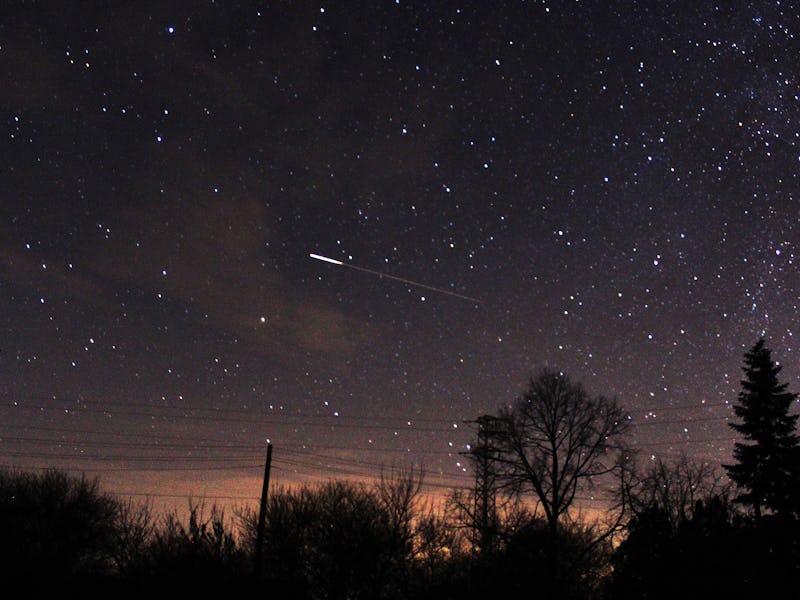The Quadrantids meteor shower: You must see the shining beauty this weekend
Starting the new year with cosmic fire streaks.

With the beginning of each new year, the Quadrantid meteor shower rains down bright fireballs across the night sky. Unlike other meteor showers, this one has rather murky origins.
The Quadrantids originates from an asteroid rather than a comet, and its radiant point is an obsolete constellation, the Quadrans Muralis, which was taken off the list of recognized constellations in 1922. Despite its shady history, sky enthusiasts look forward to the annual Quadrantids to mark the start of new celestial events to follow.
This week, we're asking you to marvel at the shining beauty of the first meteor shower of the new year, the Quadrantid meteor shower, as it lights up the night sky on January 2-3, 2021.
When is the Quadrantid meteor shower?
The annual Quadrantid meteor shower is usually active by the end of December and lasts until the second week of January. However, its peak, which is when the raining meteor is visible to us on Earth, will take place on the night of January 2, 2021, and continue till the next day.
The shower's peak period is rather narrow, only lasting a few hours. Those in the Northern Hemisphere have a higher chance of catching the Quadrantids during its peak hours since its radiant point — the point in the sky from which it appears to rain down — is so far north.
The meteor shower has a short peak, but rains down with fiery streaks in the sky.
Although the Quadrantids have a narrow peak window compared to other meteor showers, like the Geminids, the Quadrantids are considered to be one of the best because they are fireball meteors. Fireballs come from larger particles of matter, which means they are much brighter, and their light and color lasts longer than your average meteor shower.
How to watch the Quadrantid meteor shower
You don’t need any type of special equipment to view this meteor shower. Instead, you just need to plan ahead in order to catch it during its peak hours.
It is best to find a location far removed from interfering light, and to block out any kind of flashlight or electronic devices. You should allow for your eyes to get accustomed to the dark for about 30 minutes before viewing time.
Unfortunately, this year, the Moon will be the bright waning gibbous Moon, which is right after the Full Moon therefore it will appear very bright in the sky and may intrude on your meteor viewing.
Where do meteor showers come from?
Meteors are made up of debris from comets or asteroids. On its orbit around the Sun, the Earth passes through some of that debris, causing it to collide with our planet’s atmosphere. As the debris flies through our atmosphere, the particles start to disintegrate and burn up, creating the bright streaks of light we see in the sky.
Although most meteors come from icy comets, the Quadrantid shower is thought to come from an ancient asteroid. The origin of the meteor shower was identified in the year 2003 as Asteroid 2003 EH1, which orbits the Sun roughly every five and a half years.
The radiant point in the sky from which the meteor shower appears to come from is also obsolete. The Quadrans Muralis constellation — the supposed origin point — was discovered by French astronomer Jerome Lalande in 1795. But the International Astronomical Union left the constellation off is list of recognized constellations in 1922.
Because of its murky origins, the meteor shower is also referred to as the Bootids, since it also appears to originate from between the still-recognized constellations of Bootes and Draco. But wherever it comes from, we know one thing: It is bound to be spectacular.